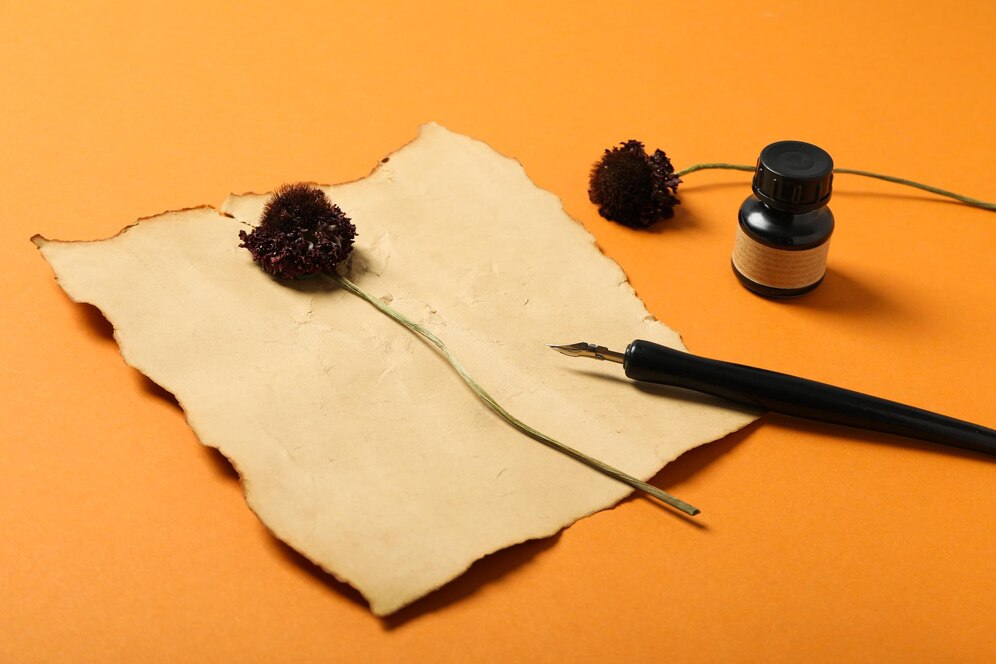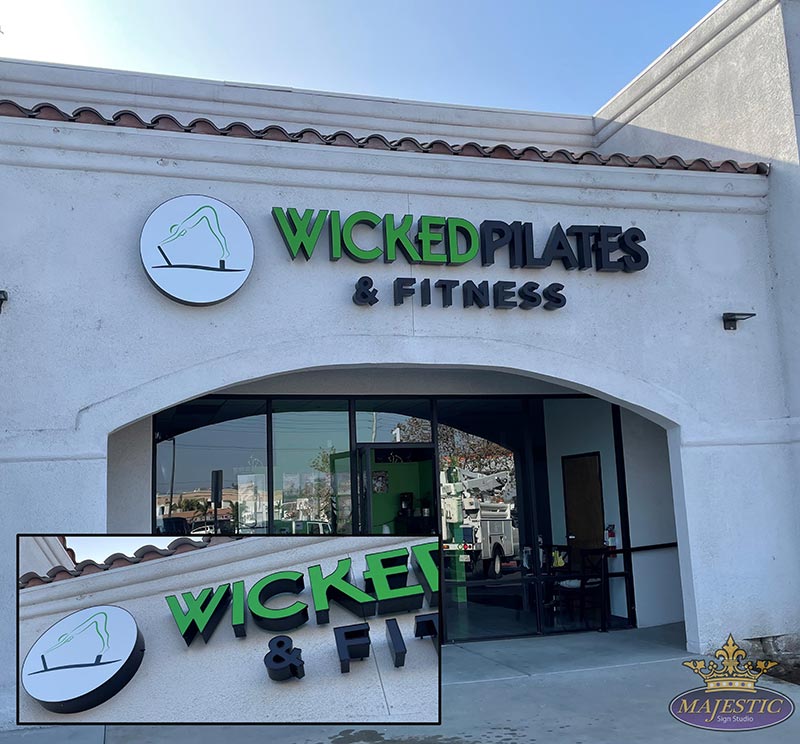
Research suggests that 85% of purchasing decisions are influenced by color, contrasting a crucial element in catching attention.
Your book cover plays an instrumental role in whether or not a reader chooses your book for purchase. It’s the first thing they see and can sway their decision about taking a further look into your story. One key design principle used to craft eye-catching covers is contrast; when employed carefully it can make visually engaging covers with improved readability as well as reflect the mood or genre of your book. See this guide as we demonstrate contrast’s power to craft engaging designs for book covers.
Benefits of Using Contrast in Book Cover Design
Before diving in and applying contrast, it’s essential to understand its role and benefits within book cover design. Here are several advantages contrast provides that will create memorable covers.
Enhancing Readability
Contrast is also vital when it comes to improving readability on book covers. When the title or author name blends into its background, it becomes much harder for someone to read quickly, particularly on smaller screens or book thumbnails. By choosing colors with high contrast between text and background elements, your title becomes easily legible regardless of size; book cover design services offer invaluable assistance in choosing optimal levels of contrast so your text pops out at all sizes of display.
Creating Visual Hierarchy
Making use of contrast is another effective way of creating visual hierarchy in design. This means that key elements, like your title and its placement on the cover, are readily noticeable while secondary details like your name or tagline might get more of a subtle treatment. By employing text sizes, font weights, or even color choices that differ between primary and secondary elements, you can draw viewers’ eyes naturally through your design, creating an easier-to-grasp cover at first glance.
Reflecting on Genre and Mood
Different genres and emotions require various types of contrast; horror novels might employ strong black-and-white contrasts or darker colors to heighten tension, whereas romantic comedies could use lighter, brighter contrasts that reflect joyous emotion. By engaging professional book cover design services you can ensure the contrast you select is in keeping with both its tone as well as your audience, immediately conveying their desired emotional journey.
Improving Aesthetic Appeal
Finally, contrast adds depth and interest to a book cover design. Too much of one color or tone can leave it looking flat and boring. However, when used effectively, contrast can break the monotony and draw focus toward key features that matter most in your design. A professional book cover design service can assist with fine-tuning contrast to achieve the most visually attractive final product possible.
Steps to Apply Contrast in Book Cover Design
Now that we understand why contrast is such an asset to book cover design, let’s delve deeper into its implementation in your book cover designs.
Choosing a Strong Color Palette
Your color selection plays an essential part in creating contrast and visual interest in any book cover design project. A powerful palette should incorporate colors that either complement each other or form striking visual relationships; pairing warm tones like red with cool hues like blue creates striking visual harmony, while keeping a monochromatic palette but using multiple hues of one hue creates subtler, sophisticated effects. If you need help selecting colors for your book’s theme and genre a book cover design service can provide expert assistance in selecting an effective palette tailored specifically to its target market.
Playing with Light and Dark Tones
A classic method of employing contrast is to play with light and dark tones, such as pairing dark backgrounds with lighter-colored text (or vice versa) is one of the easiest and most effective ways of creating it. This tactic works especially well when creating covers containing text-heavy covers containing titles, making the title stand out clearly against its background and easily read from a cover design perspective. A skilled designer knows how to balance light and dark tones effectively for effective designs with legible elements, all elements clearly visible and legible elements visible throughout.
Mixing Bold and Subtle Typography
Typography plays an integral part in creating contrast for book covers. Utilizing bold fonts for titles while choosing more subdued, thin fonts for author names creates a striking juxtaposition that draws the eye toward them, helping create a visual hierarchy by leading the viewer toward important elements of your cover design. A book cover design service can assist with selecting appropriate typefaces and weights to find that ideal balance of boldness and subtlety on each cover they design for you.
Utilizing Shape and Size Variations
Contrast doesn’t only refer to colors and fonts – it can also be achieved using variations in shapes and sizes, like pairing large text with small images or positioning large elements near smaller elements to create contrasts that grab attention and draw the eye toward key details on your cover page. By altering design elements’ sizes or shapes accordingly, book cover design services can assist in making sure this approach is balanced and visually effective.
Balancing Contrast Without Overwhelming
Contrast is essential, yet too much may result in an overwhelming cover design that detracts from your intended impact. Striking a balance with regards to contrast can ensure it enhances rather than detracts from the overall aesthetic, with too many elements dominating and overwhelming the viewer; by consulting an experienced designer or book cover design services, you can ensure this contrast is used intentionally without overwhelming viewers visually or intellectually.
Tips for Maximizing Contrast
Now that you understand contrast and its fundamental principles, let’s look at ways you can maximize its effect in book cover designs. Here are a few suggestions.
Using High Contrast for Titles and Subtitles
In order to create titles and subtitles that stand out, using high contrast between the title and background is absolutely crucial. Since titles are the focal point of covers, their immediate visibility demands higher contrast levels than ever. Bold colors or light text on dark backgrounds or vice versa create dynamic, eye-catching effects, while book cover design services provide help experimenting with various contrast combinations until finding what best works with your book’s cover art design.
Experimenting with Black-and-White Elements
Black-and-white designs create striking contrasts and minimalist aesthetics that lend themselves well to certain genres like thrillers or noir. Experimentation with black-and-white elements – images, typography, or backgrounds -can add sophistication and drama when used appropriately in cover art designs for these genres. A skilled designer can help guide this experimentation of contrasts to make sure that it works with your cover’s theme and storyline.
Incorporating Textures and Patterns
Beyond color and typography, texture and patterns can add another element of contrast in design. By including textures or patterns on backgrounds or using patterns on designs, textures or patterns can add depth while keeping balance among components within your cover design. Textured backgrounds or patterns add depth while still remaining visually engaging while helping break up solid areas with tactile components, adding dynamic qualities that make a book cover feel dynamic and exciting. Book cover design services offer services to incorporate textures and patterns without overshadowing other aspects.
Keeping It Genre-Appropriate
Finally, contrast must fit within the genre and mood of your book. A high-energy thriller may benefit from dramatic contrasts, while cozy romance novels might call for subtler ones – choosing an appropriate contrast will convey emotion effectively, while book cover design services can ensure their choices align with genre-appropriate choices that effectively showcase the mood of book covers.
Conclusion
Integrating contrast into book cover designs is one of the easiest and most efficient ways to produce eye-catching artwork that draws readers in. By understanding its benefits and how best to employ it, contrast can make your book truly shine on shelves or digital marketplaces alike. No matter if you utilize a book cover design company or DIY your design yourself, remember that using contrast effectively will elevate both beauty and functionality on book covers.







